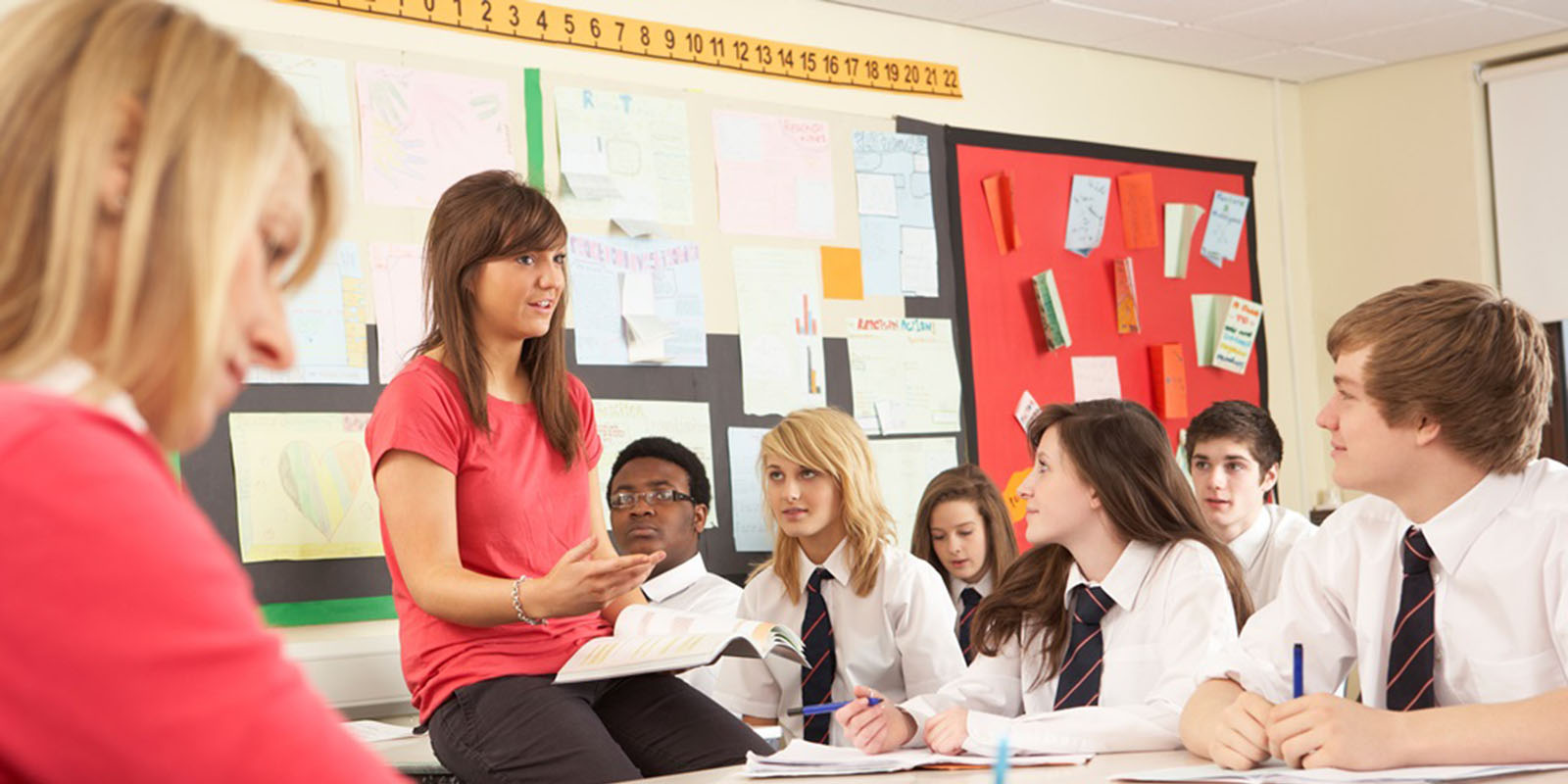According to a report by Public Health England, there is a clear link between health, wellbeing, and educational attainment. Happier children work better, have less time off school, achieve higher grades, and are generally more successful.
Therefore, it is in every teacher’s best interests to create a happy classroom. Student happiness doesn’t detract from ‘serious’ learning either, as evidence shows that those with a greater sense of wellbeing also do better academically and are better behaved.
Here’s 10 ways to establish your own happy place at school:
- Practice what you preach
First and foremost, make sure you walk the talk by advocating happiness with a positive mental attitude. Students won’t buy into your efforts of trying to project cheeriness and contentment on them if they don’t see it in yourself.
- Tribal classrooms
Humans learn the most when they feel safe, secure, and connected to others. So, make your learners feel welcome by smiling and shaking their hands as they come through the door. Happy classrooms are built on positive relationships.
- Rewire negativity bias
Unfortunately, the human brain has an innate negativity bias. It is your job to rewire this in a practice known as ‘Three Good Things’ – at the end of the day, get your students to write down three things that went well for them and share with each other.
- Schedule mindfulness sessions
Mindfulness can help children reduce their levels of stress, anxiety, and depression while simultaneously increasing positive emotions, attention levels, and metacognition. Think about scheduling a few sessions a week where kids can pause, take a moment, and focus on their breathing.
- Play to student strengths
Research has found that when we use our strengths in unique ways, we are significantly happier. One way to capitalise on this is by taking a questionnaire that unearths key traits and encourages students to use them in everyday life.
- Be kind
Kindness is hardwired in humans, helps make us healthier, and can be contagious too. Teachers who are polite, patient, and well-mannered typically find that students try to emulate them.
- Be optimistic
Optimists are happier and healthier than their pessimistic counterparts. Even so, it can be difficult to instil optimism during difficult times in a student’s life. Try letting them know that its temporary, specific, and not personal.
- Get active
Fitter students perform better academically and have higher self-esteem. Exercising isn’t always easy in the classroom, but consider breaking up lessons with a round of star jumps, burpees, or a few laps of the playground. Short bursts of exercise raise the heart rate and sends more oxygen to the brain for clearer thinking.
- Stretch your students
Hitting the sweet-spot of stretching your students to just beyond their current capability isn’t easy. However, if they’re engaged and interested in their work, they’ll feel better and do better at school.
- Help students experience ‘flow’
The optimal state of psychological being known as ‘flow’ is when students are able to fully focus on a task where the level of difficulty is just right and there are clear goals in place. Flow can encourage deeper learning, greater long-term interest in subjects, and higher levels of wellbeing.



